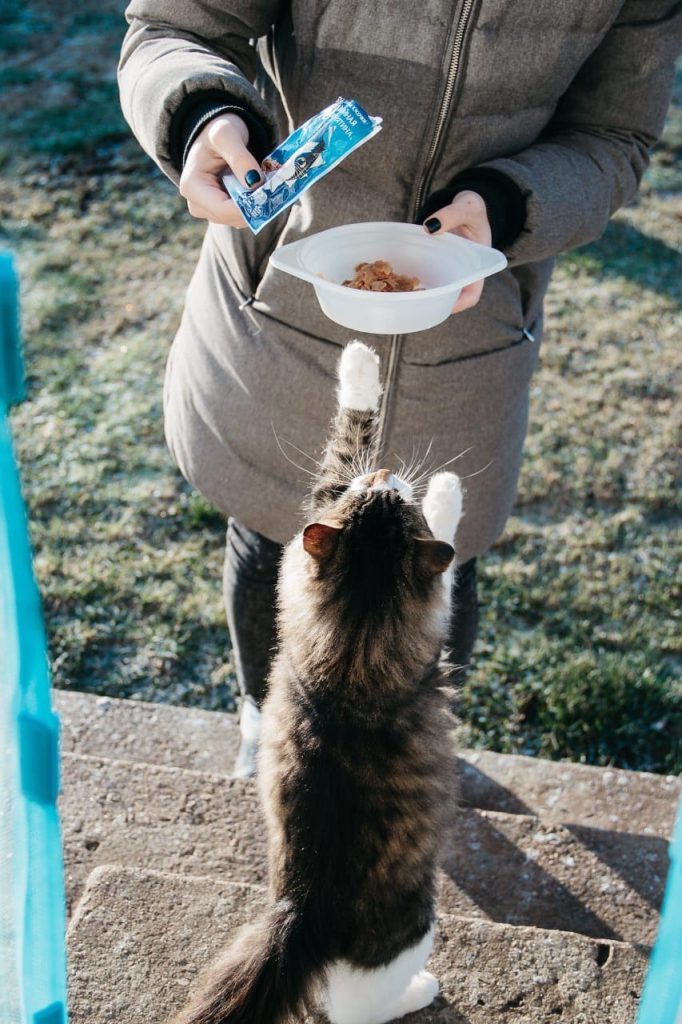Maintaining your cat’s health through a fresh food diet involves several key strategies that contribute to their overall well-being. As obligate carnivores, cats thrive on a diet rich in animal-derived proteins, which provide essential amino acids necessary for growth, muscle maintenance, and overall health. Ensuring a balanced intake of proteins from sources like lean meats, poultry, and fish is fundamental to meeting their nutritional needs.
Creating a Nutritious Menu for Your Cat
While cats are primarily carnivores, incorporating small amounts of fresh vegetables into their diet can add valuable nutrients and fiber. Finely chopped or pureed vegetables like carrots or peas can be mixed with their food to provide additional health benefits. However, it’s crucial to research cat-friendly vegetables and introduce them gradually to ensure acceptance. Also, some cats can be allergic to pea protein, so monitor them carefully if you do decide to introduce peas into their diet. Portion control is a critical aspect of maintaining your cat’s health. This helps prevent obesity and related health issues, such as diabetes and joint problems. Consulting with your veterinarian is essential to determine the right amount of food for your cat. Regularly monitor your cat’s size and adjust their portions as needed to maintain a healthy weight.
Incorporate Salmon
Salmon cat food options are a great choice because they are not only made from fresh ingredients, but they also include essential vitamins and minerals. Salmon contains high levels of Omega 3 and 6, which help keep your cat’s skin and bones healthy. Salmon is also easy to digest, which helps support your cat’s overall digestive health. You’ll want to consult with your veterinarian before starting a salmon-based food to make sure you have the portion size right to help your cat maintain a healthy weight.
Keeping Your Kitty in Tip-Top Shape
When transitioning your cat to a fresh food diet, do so gradually to prevent digestive upset. Abrupt changes can lead to discomfort and resistance. Mix a small amount of the new food with their current diet, gradually increasing the ratio over several days until they are fully transitioned. This approach helps your cat adapt to the new diet while minimizing any potential adverse reactions.
Monitoring for Allergies or Sensitivities
Keeping an eye on your cat is crucial. Like humans, they can develop adverse reactions to certain foods. Look for digestive issues, skin problems, or changes in behavior. If you suspect any issues, consult with your veterinarian to identify and address the cause promptly. The faster you respond, the better.
Raw Feeding
One option for providing a fresh food diet is raw feeding, which is based on uncooked meats, bones, and organs. This approach aims to replicate a cat’s natural diet in the wild. However, it’s crucial to approach raw feeding with caution and consult your veterinarian to ensure the diet is nutritionally complete and safe.
Conclusion
Providing your cat with a fresh food diet is a holistic approach to their health. Balanced nutrition, portion control, and regular veterinary care ensure a happy and healthy feline companion. Tailor your approach based on your cat’s individual needs, creating a personalized and sustainable dietary plan.
